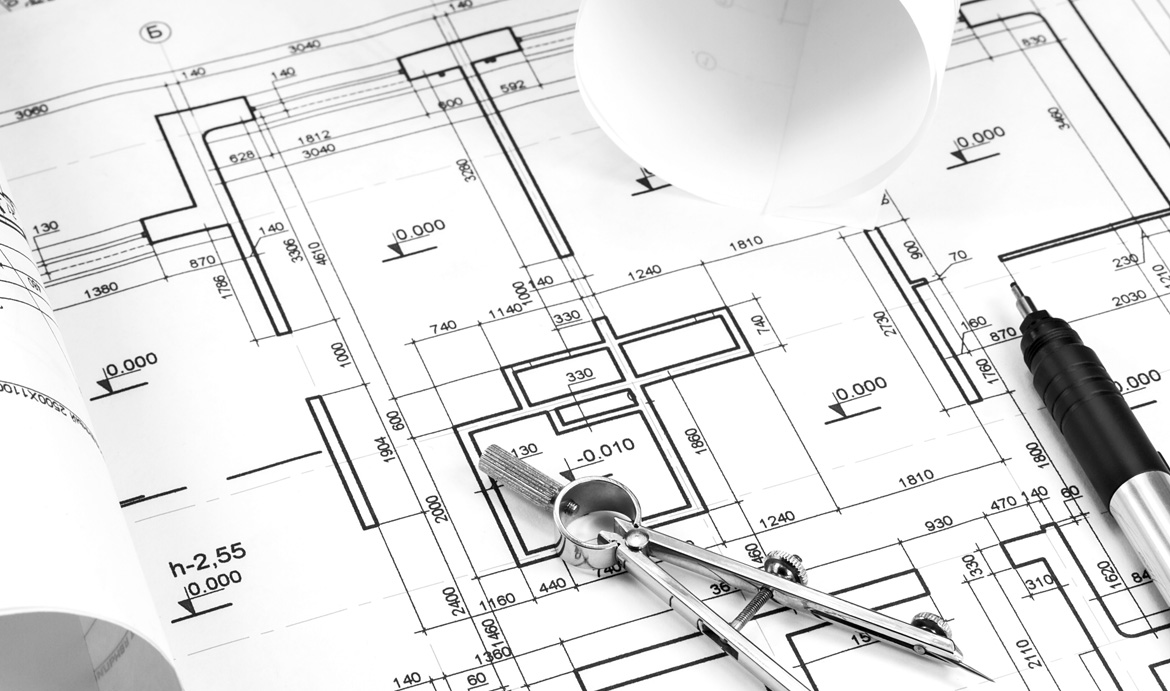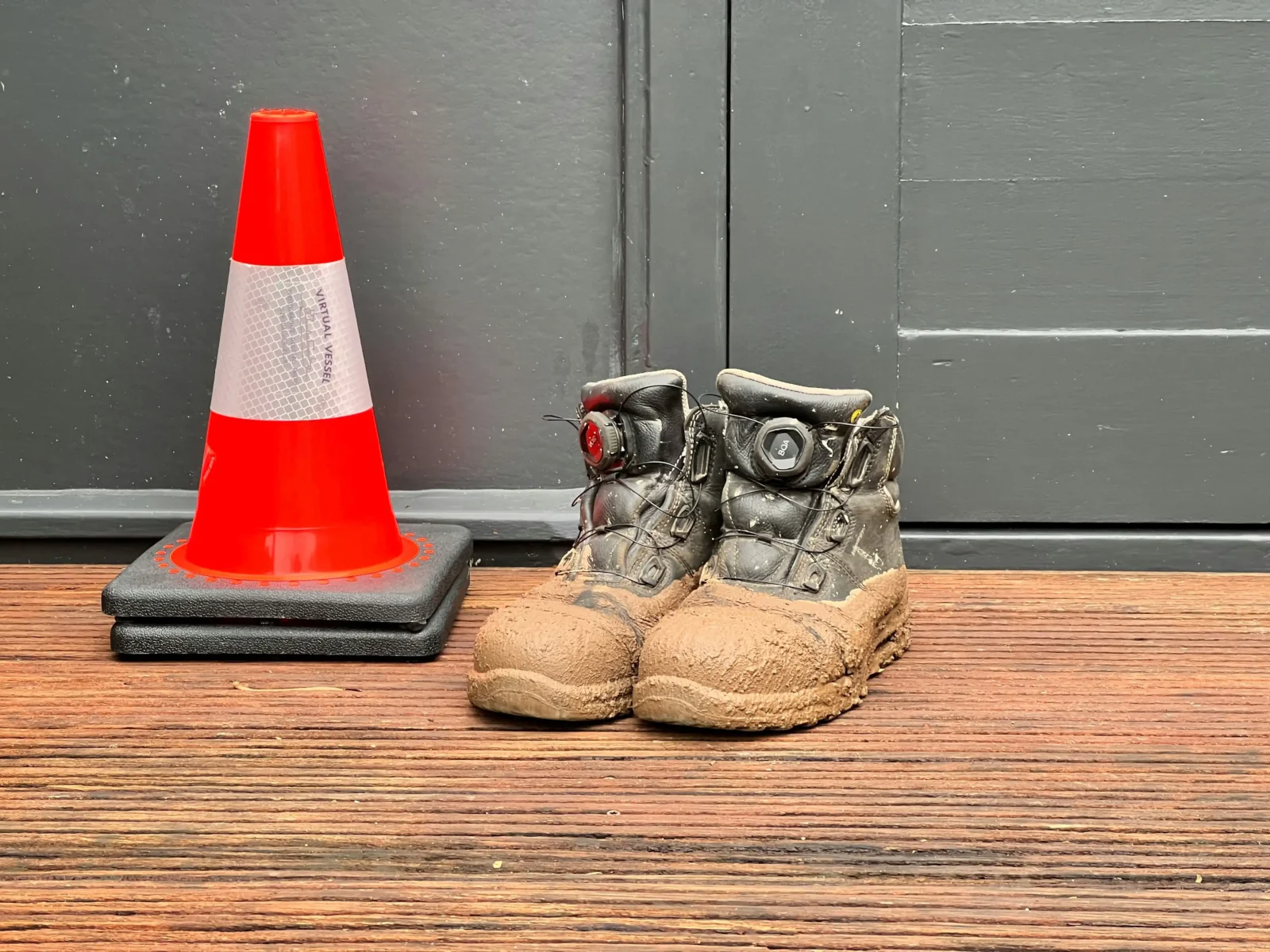- Home
- Articles
- Architectural Portfolio
- Architectral Presentation
- Inspirational Stories
- Architecture News
- Visualization
- BIM Industry
- Facade Design
- Parametric Design
- Career
- Landscape Architecture
- Construction
- Artificial Intelligence
- Sketching
- Design Softwares
- Diagrams
- Writing
- Architectural Tips
- Sustainability
- Courses
- Concept
- Technology
- History & Heritage
- Future of Architecture
- Guides & How-To
- Art & Culture
- Projects
- Interior Design
- Competitions
- Jobs
- Store
- Tools
- More
- Home
- Articles
- Architectural Portfolio
- Architectral Presentation
- Inspirational Stories
- Architecture News
- Visualization
- BIM Industry
- Facade Design
- Parametric Design
- Career
- Landscape Architecture
- Construction
- Artificial Intelligence
- Sketching
- Design Softwares
- Diagrams
- Writing
- Architectural Tips
- Sustainability
- Courses
- Concept
- Technology
- History & Heritage
- Future of Architecture
- Guides & How-To
- Art & Culture
- Projects
- Interior Design
- Competitions
- Jobs
- Store
- Tools
- More
What is Architectural Brief
The architectural design brief is the first step in the design process. It is a project management document that contains critical project information as well as defined outcomes that must be met upon completion. It may serve as an overall project plan as well as a handy reference document for measuring progress and efficiency. The brief is applicable in both academic and professional settings.

The architectural design brief is the first step in the design process. It is a project management document that contains critical project information as well as defined outcomes that must be met upon completion. It may serve as an overall project plan as well as a handy reference document for measuring progress and efficiency. The brief is applicable in both academic and professional settings.
Student projects are frequently modeled on a real-life project, with a fictitious customer added. A live project often exists to meet the needs of a customer, which then serves as the foundation for a project brief.
Table of Contents
ToggleWhat is Need for Architectural Brief?

The architect must then respond to this in a vital document known as the Project Brief. It will frequently include information on the project, stakeholders, and deliverables, as well as constraints such as the projected time and cost of completion.
It is crucial to note that, depending on the amount of engagement desired by the client, the chosen architect may be in charge of putting together either one or both of the client requirements and project briefs. As a result, a complete and informative design brief is an essential aspect of the design process. It is a crucial reference not just for the architect, but for everyone engaged in the project’s design and implementation.
Things to Consider While Writing a Brief
It is significant to remember that the design brief might change during the course of the project; it is not a static document that is prepared at the beginning of the process. Brief assessments at specific phases of the project assist to verify that all stakeholders are on the same page. It is critical that the brief not only meets the client’s aesthetic objectives, but also their practical requirements and demands. When developing student projects without a client focus, it is feasible to treat the site or place as the client, and analyze the demands of the site itself, as well as how the project design would address those needs.

Architectural Brief Types
These are only a few of the factors to consider while creating the initial architectural brief. It is critical to truly grasp your client’s and the site’s needs in order to generate excellent design solutions for your project. Here are two types of briefs for architects who will write architectural briefs: project brief and design brief below.
- Project Brief
Scope of Services: An architectural brief includes project requirements, comprising the procedures and actions needed by the complete project team to achieve the final, physical result. The customer offers very little information to the architect or designer, who then develops the brief in considerably greater depth. They are often compensated for this work until the total project and design brief are agreed upon, at which point the designer’s scope of services may be decided.
Since the project brief is an important form of brief that architects should prepare, let’s examine it in more detail with its contents.

Contents of Scope of Services:
Client or Sponsor, Schedule, Milestones, Project Budget and Deliverables.
Client is person whose behalf the project is made.
Schedule is projects’ program which is done my site chief or site architect. The schedule is planned according to size and scale of the project.
Milestones give the project something to aim towards at regular intervals and keep it on track so that it does not run over.
Project budget is prepared for project brief-scope of services before deliverables.
Deliverables comprise the full and delivered packages, as well as drawings, models, and other particular papers and records of your work, process, and progress.
- Design Brief
Scope of Works: An architectural design brief includes physical project specifications and end output of a design or construction project. The design brief is usually included in the overall project brief. The design brief is written by the client or another consultant to establish the project’s particular requirements. This is then presented to an architect or designer as part of a bidding procedure for a fee proposal to complete the project.

Submit your architectural projects
Follow these steps for submission your project. Submission FormLatest Posts
Shipping Containers as Functional Infrastructure on Construction Sites
Construction sites are temporary by definition, yet the systems that support them...
Understanding Site Safety Footwear in Architectural Practice
Architecture is often discussed through drawings, models, and finished buildings, yet a...
General Arrangement Drawings in Architecture: The Backbone of Clear Design Communication
General Arrangement Drawings explained: what they are, when to use them, how...
The Ultimate Guide to Fencing in North Dakota: Choosing the Best Fence for Your Property
Watching a chain link fence twist in 70 mph winds near Minot...












Leave a comment